Description
Introduction of Pipeline Pig
Pipeline transportation is crucial in industrial production and civil sectors, as it provides an efficient and cost-effective method for transporting fluids such as water, oil, and gas over long distances. However, over time, dirt and debris can accumulate on the inner walls of the pipeline, resulting in reduced transmission efficiency, increased power consumption, and potential damage to the pipeline materials. To address these issues and maintain the optimal functioning of pipelines, bidirectional pipeline pigs have emerged as versatile and effective solutions.
What is a Bidirectional Pipeline Pig?
A bidirectional pipeline pig is a specialized device used for cleaning and maintaining pipelines. Its design is similar to that of a cup pig, featuring a disc-shaped structure with a diameter slightly smaller than the pipeline’s inner diameter. The sealing plate of the bidirectional pipeline pig is designed to have a certain degree of interference with the pipeline’s inner diameter. This enables the pig to perform a two-way movement, making it particularly effective in cleaning pipeline debris.
One of the main advantages of using a bidirectional pipeline pig is its ability to perform back-blowing operations, which can help remove blockages in the pipeline. This makes it an ideal choice for use before the pipeline is put into operation, as it can help prevent potential issues and ensure the pipeline functions efficiently from the start.
Features and Advantages of Bidirectional Pipeline Pig
Bidirectional pipeline pigs are widely used in the pipeline industry for cleaning, maintaining, and inspecting pipelines. They offer several features and advantages that make them essential tools for pipeline operators. Here are some of the key features and benefits of using bidirectional pipeline pigs:
Features of Bidirectional Pipeline Pig
Disc-shaped design: Bidirectional pipeline pigs have a disc-shaped structure, which allows them to easily navigate the pipeline and effectively clean debris and dirt.
Slightly smaller diameter: The diameter of the guide plate in bidirectional pipeline pigs is slightly smaller than the inner diameter of the pipeline, making it easy for the pig to move through the pipeline while maintaining a tight seal.
Sealing plate interference: The sealing plate of a bidirectional pipeline pig is designed to have a certain degree of interference with the pipeline’s inner diameter, ensuring a snug fit and effective cleaning.
Two-way movement: Bidirectional pipeline pigs are designed to move in both directions within the pipeline, allowing them to be used for cleaning operations that require back-and-forth movement.
Material compatibility: Bidirectional pipeline pigs can be made from various materials, such as polyurethane or foam, to suit different pipeline environments and cleaning requirements.
Advantages Bidirectional Pipeline Pig
Effective cleaning: Bidirectional pipeline pigs offer exceptional cleaning capabilities, removing debris, dirt, and other contaminants from the inner walls of pipelines with ease.
Backblowing operation: The two-way movement of bidirectional pipeline pigs allows them to be used for back-blowing operations, which can help remove blockages and ensure the pipeline is clean before being put into operation.
Versatility: Bidirectional pipeline pigs can be used in various types of pipelines, including those that transport water, oil, gas, and other fluids, making them a versatile tool for pipeline maintenance.
Reduced downtime: By effectively cleaning pipelines and removing blockages, bidirectional pipeline pigs help minimize downtime, ensuring the pipeline system operates efficiently and without disruption.
Cost-effective: Compared to other cleaning methods, such as chemical cleaning or ultrasonic cleaning, bidirectional pipeline pigs offer a more cost-effective solution for maintaining and cleaning pipelines.
Preventative maintenance: Regular use of bidirectional pipeline pigs can help prevent the buildup of dirt and debris, reducing the likelihood of pipeline blockages, corrosion, and damage, and ultimately extending the service life of the pipeline system.
Safety: By maintaining clean pipelines and preventing potential issues such as blockages and ruptures, bidirectional pipeline pigs contribute to the overall safety of pipeline operations.
Why Use a Bidirectional Pipeline Pig?
Pipelines are susceptible to various forms of dirt and debris, such as scale, oil scale, wax, and coke carbon, which can accumulate on their inner walls during long-term use. These deposits can increase fluid resistance, resulting in reduced transmission efficiency, increased power consumption, and potential damage to pipeline materials. In some cases, pipeline blockages can even result in ruptures, fluid leakage, and production suspensions, causing significant economic and safety concerns.
Regular pipeline cleaning is essential for preventing these issues and ensuring the efficient and safe operation of pipelines. While there are various methods available for cleaning pipelines, such as chemical cleaning, ultrasonic cleaning, and water jet cleaning, using a bidirectional pipeline pig is a simple, cost-effective, and efficient option, especially in the early stages when dirt and debris are still relatively light.
Key Components of Pigging Equipment
Pigging equipment plays a vital role in pipeline construction and operation. Its primary functions include:
- Improving pipeline efficiency through regular pigging
- Measuring and inspecting pipeline circumferential deformations, such as bump deformations
- Inspecting damage to pipe metal from the inside, such as corrosion
- Removing liquid buildup and impurities from new pipelines after conducting tightness tests
The design and installation of pigging equipment should meet specific operational requirements, such as the size and structural needs of pigging detectors. Following relevant design specifications is essential for ensuring the adaptability and safety of pigging equipment.
Risk Analysis and Countermeasures in Natural Gas Pipeline Pigging Operations
Pigging operations are necessary for cleaning debris, liquid accumulation, and fouling in long-haul natural gas pipelines. This helps improve pipeline transportation efficiency, reduce friction loss and inner wall corrosion, and extend the pipeline’s service life. However, pigging operations come with certain risks, particularly in natural gas pipelines, which carry flammable and explosive materials and operate under high pressure.
Some of the common risks associated with pigging operations include:
Pig Stuck
Pipeline pigs can get stuck due to pipe deformation, elbow radius restrictions, excessive water and dirt in the pipe, or large obstacles blocking the pig’s movement. When a pig gets stuck, back pressure increases, front pressure decreases, and pipeline flow drops, potentially leading to a complete pipeline blockage. Countermeasures include increasing the pushing pressure difference, either by increasing the upstream pressure or reducing the downstream pressure, and discharging gas behind the pig to push it back. If these methods fail, the pipeline segment may need to be emptied, cut, and the pig removed.
Pig Channeling
Pig channeling occurs when the pig’s running time exceeds twice its theoretical running time under normal pressure differences, or when the calculated running distance is much larger than the actual distance. Channeling can cause pig wear, air leakage, pig scratching, rupture, or sticking in the tee. Countermeasures include increasing gas intake behind the pig, reducing the natural gas pressure in front of the pig, and increasing the pressure difference to start the pig. If the pig doesn’t resume running after 24 hours, a larger polyurethane foam pig with interference may be sent to launch the stopped pig, and further analysis may be needed to determine the cause and appropriate action.
Conclusion
Bidirectional pipeline pigs offer a simple, cost-effective, and efficient solution for cleaning and maintaining pipelines. By addressing dirt and debris buildup and minimizing potential damage to pipeline materials, bidirectional pipeline pigs contribute to improved transmission efficiency, reduced power consumption, and extended pipeline service life. As the demand for efficient pipeline transportation continues to grow, it is essential for operators to invest in regular cleaning and maintenance using effective tools like bidirectional pipeline pigs. By understanding the risks associated with pigging operations and implementing appropriate countermeasures, pipeline operators can ensure the safe and efficient functioning of their systems, ultimately benefiting the economy, the environment, and the safety of those who rely on them.
In conclusion, bidirectional pipeline pigs offer several features and advantages that make them an essential tool for pipeline cleaning, maintenance, and inspection. By investing in bidirectional pipeline pigs, operators can ensure the efficient and safe functioning of their pipeline systems, ultimately benefiting the economy, the environment, and the safety of those who rely on them.

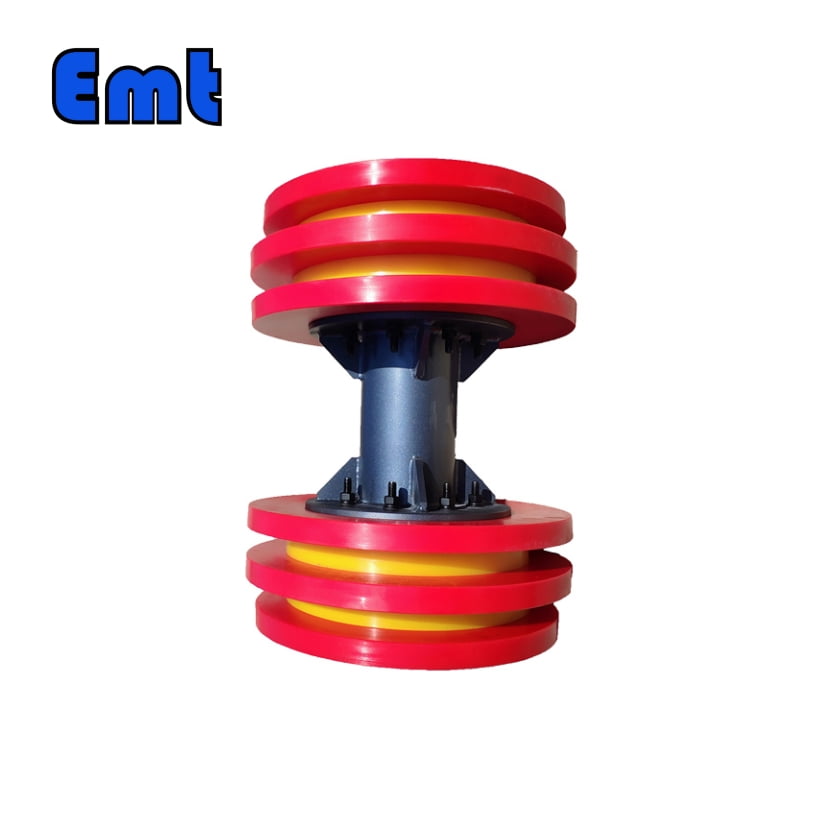


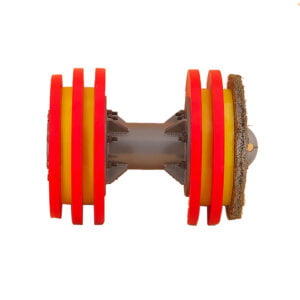
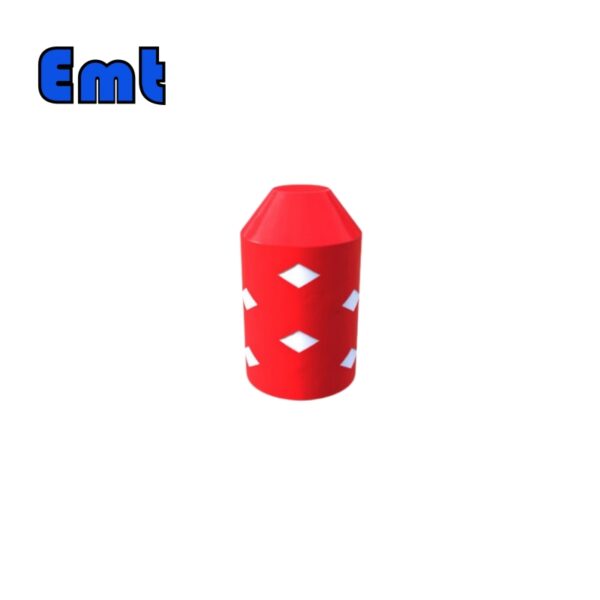
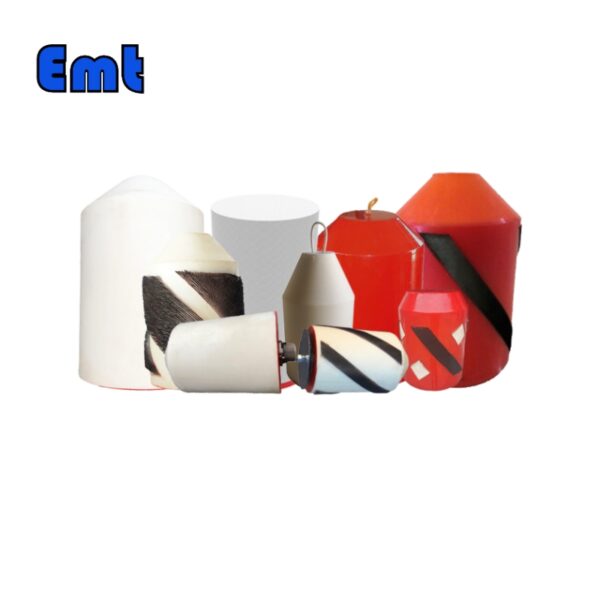
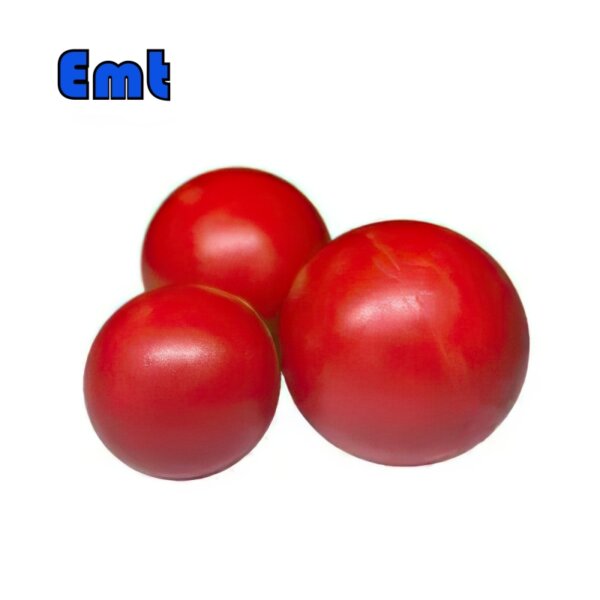
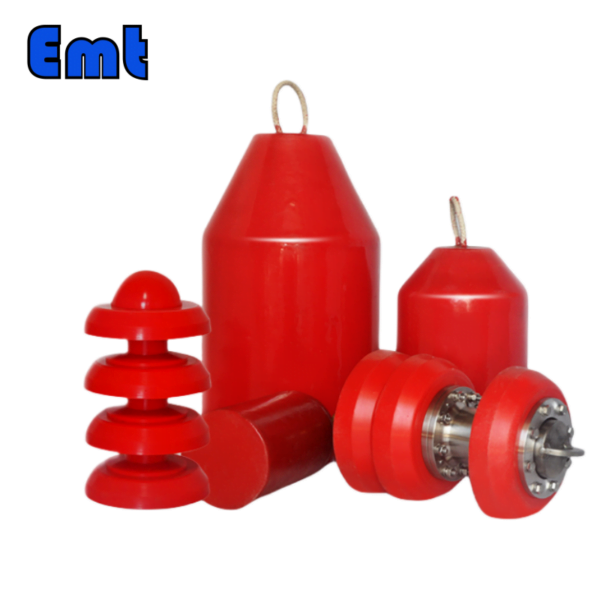
Reviews
There are no reviews yet.